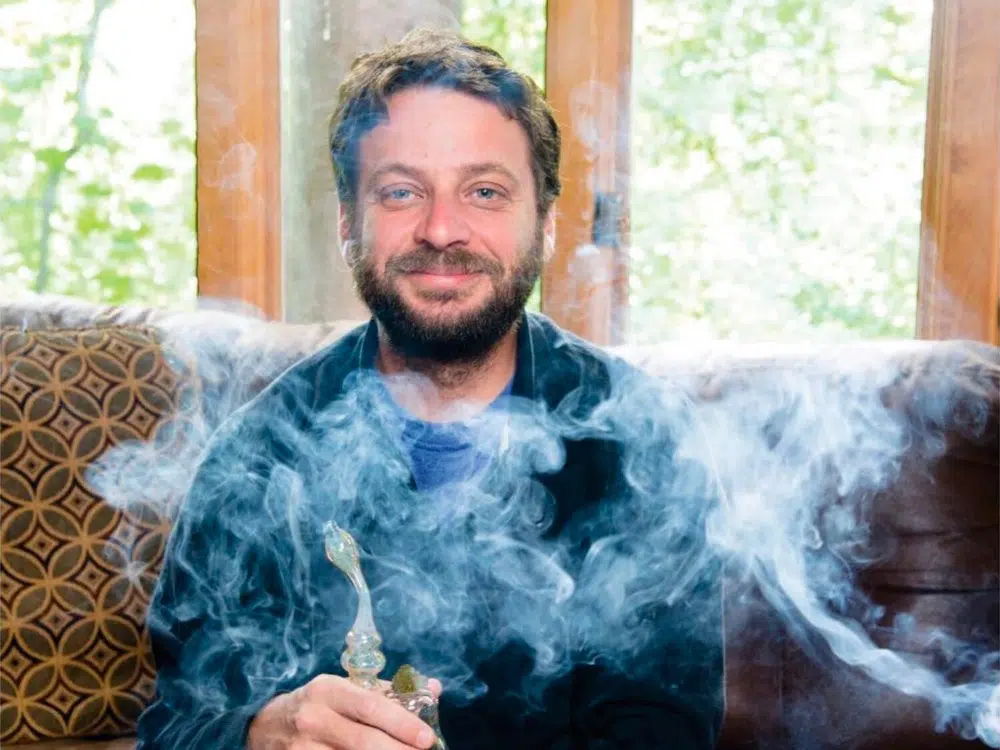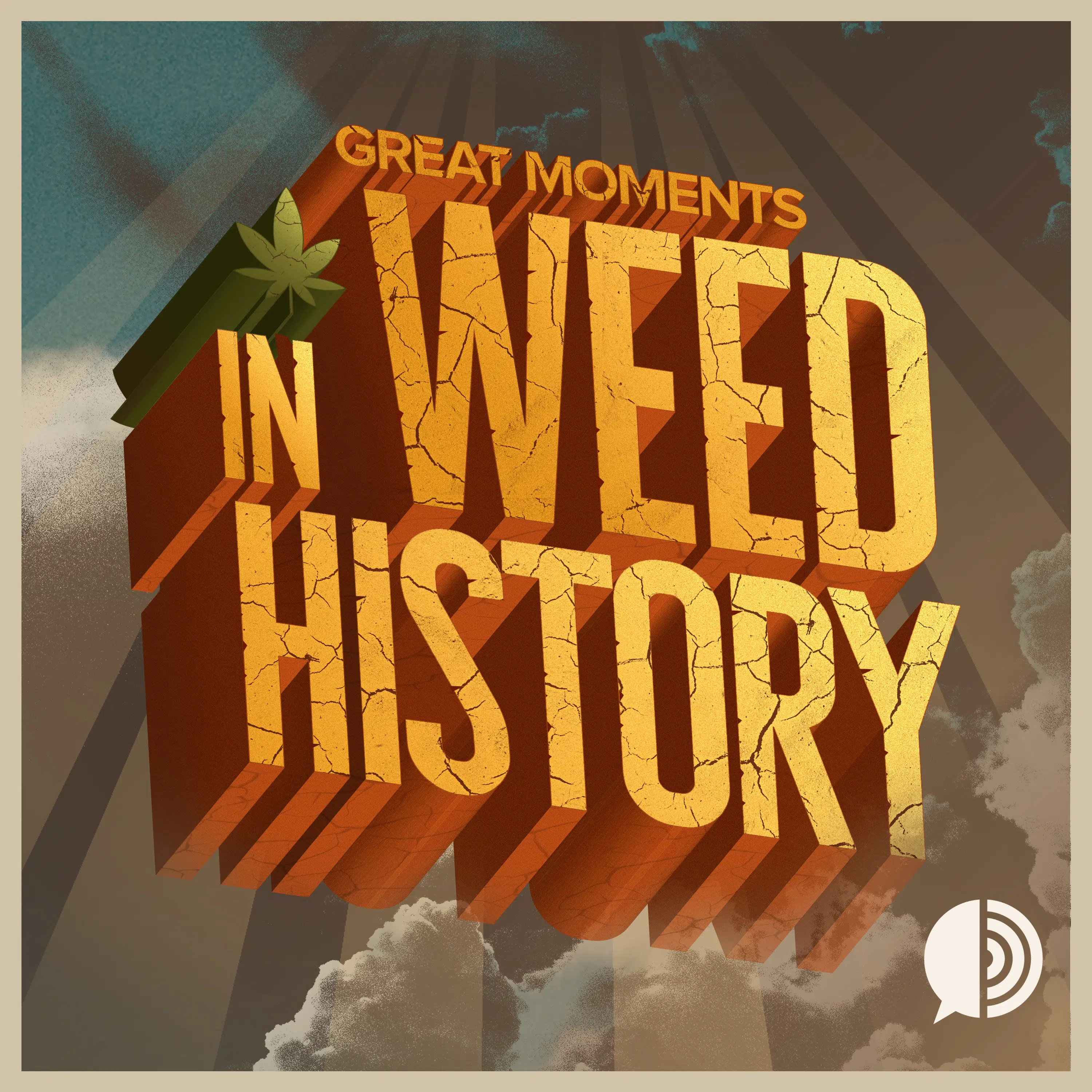Le joint est sans aucun doutes le plus populaire des moyens de transports en commun cannabique. Mais si la pratique est des plus répandues, la bonne maîtrise de sa confection l’est nettement moins. Pas de panique, avec Zeweed, c’est une affaire qui roule!
Avant de se lancer dans les travaux pratiques, il faudra vous munir de :
- Weed
- Papiers à rouler
- Cartons à filtre
- Un grinder (ou vos doigts)
- Un stylo (ou un objet de forme similaire) pour tasser le joint
Quelle quantité d’herbe ?
Pour débuter, nous vous recommandons d’utiliser 1/2 gramme de weed et du papier à rouler de format normal pour cigarettes type OCB.
Lorsque vous maîtriserez bien le roulage, vous pouvez passer aux papiers King Size qui accueillent jusqu’à un gramme de ganja.
Étape 1 : Emiettez
Utilisez un grinder pour séparer et broyer uniformément votre tête de weed. Un grinder produit une taille et une texture régulière des débris de fleurs, ce qui donne une fumée plus douce. Si vous n’avez pas de grinder, séparez les têtes avec vos doigts. Soyez doux avec vos fleurs pour minimiser les dommages aux trichomes.
Étape 2 : Faites un filtre.
Dans les années 60 et 70, les filtres étaient peu utilisés au Etats-Unis. Les adeptes de la weed consumée sont vite revenus de ces joints qu’il fallait finir avec une pince à épiler. Mettre un filtre change radicalement et pour le mieux votre expérience en augmentent le flux d’air et en minimisant le risque de se brûler les lèvres ou d’inhaler de minuscules morceaux de weed.
Etape 3: Assemblez
Remplissez le papier avec votre weed (éventuellement mélangée avec du tabac ou un substitut) et déposez le filtre à l’une des deux extrémités de la feuille, selon votre “main d’appel” (gaucher ou droitier).
Une fois les deux éléments en place, vous pouvez commencer à former et à façonner le joint avec vos doigts en rabattant légèrement les deux cotés de la feuille à rouler.
Assurez-vous que le côté adhésif du papier est du coté le plus éloigné de vous alors que vous tenez le joint en devenir entre les index et pouces de vos deux mains. Utilisez-les pour pincer le papier en forme de taco, en tamisant le papier d’avant en arrière pour répartir le mélange uniformément et le tasser un peu. Travaillez le tout comme si vous vouliez lui donner la forme d’un cylindre en veillant à ne pas trop serrer, ce qui restreindrait le flux d’air.
Etape 4: Roulez
Voici venu le moment le plus difficile (et crucial) de ce cursus accéléré. Rentrez le côté non collé du papier dans le mélange de weed compressé, enroulez-le et utilisez le bord collé en donnant un léger coup de langue sur la bande collante de la feuille coté filtre.
Une fois le papier collé à cette extrémité, continuez de rouler jusqu’à l’extrémité
Rentrez le côté non adhésif du papier à rouler sur l’herbe et roulez-le lentement vers le côté adhésif. Utilisez vos pouces pour rouler et vos index pour soutenir l’extérieur. Léchez ou mouillez la bande collante et commencez encore une fois par l’extrémité filtre pour remonter vers l’embout à allumer.
Étape 5 : Scellez
Une fois que la feuille est collée, prenez une baguette, un stylo ou un autre objet cylindrique long pour tasser le mélange en direction du filtre. C’est là que vous pouvez rajouter toute l’herbe perdue pendant la phase de roulage.
Tournez entre votre pouce et index le reste du papier à l’opposé du filtre pour fermer le joint.
Et voilà, il ne vous reste plus qu’à savourer le fruit de votre travail. Pas de panique si vous n’y parvenez pas du premier coup, l’erreur ne vous aura couté qu’une feuille à rouler.
Bon voyage!








